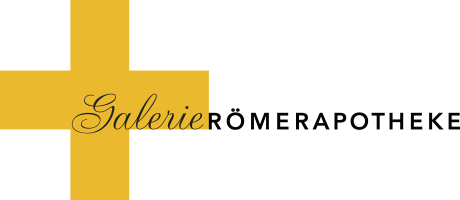OBSCURE in Villa Renata Basel
OBSCURE
From French obscur, from Latin obscÅ«rus (“dark, dusky, indistinct”), possibly, from ob (“over”) + -scurus (“covered”), from root scu (“cover”), seen also in scutum (“a shield”); see scutum, sky. Synonyms: enigmatic, mysterious. Pronunciation: (UK) IPA: /É™bˈskjÊŠÉ™(ɹ)/, (US) /É™bˈskjÊŠÉš/. Obscurantism denotes no fixed world-view but was influential as a term of critical argument. There has never been any consensus about its definition. Philosophers who saw their role as espousing Enlightenment thinking used the term as a rhetorical all-purpose weapon. They regarded others as “enemies of the Enlightenment”, “metaphysical” or “theological” and allegedly as “obscurantists”. Scientism may almost be seen as a counter-accusation. In the early 19th century, Heinrich Heine rephrased the term and classed many contemporaries as obscurantists, especially the supporters of nostalgic Romanticism. Friedrich Nietzsche, in turn, wrote in The Obscurantists (1879) about obscurantism and Immanuel Kant, “The essential element in the black art of obscurantism is not that it wants to darken individual understanding, but that it wants to blacken our picture of the world, and darken our idea of existence.” Skillful metaphysicians heralded in modern skepticism; and their excessive acumen invited mistrust of acumen, so they make more subtle instruments of obscurantism. Is Kant even to be instrumentalized for this purpose? Yes and no, but at least his project ushered in faith by exposing the limits of knowledge. Obscurantism features in those works directly linked with the Enlightenment or associated ideas. Nowadays, in general usage this concept – unlike the adjective obscure – is already considered unusual. Obscurantism is still listed in modern dictionaries and lexica and denotes the endeavor deliberately to “prevent the full facts from becoming known, opposition to independent thinking and promoting belief in the supernatural”. In short, such varied definitions of the term “obscure” make actual interpretation possible only by forming an independent opinion of its meaning, for example through artworks. The three galleries Hamish Morrison, F & C Walter and Römerapotheke found an obscure, empty house in central Basel, and will bring it to life with enthralling, unusual and guaranteed non-mainstream works by a variety of artists. This location provides space for the extraordinary, for contemplation and also for art appreciation in an intimate and worthwhile setting.
Opening: Friday, June 7 6 – 9 pm / Cocktails: Sunday, June 9 7 – 9 pm / Exhibition opening hours: June 10 – 15 10 am – 8 pm
Works by: Sonja Braas (GER), Balthasar Burkhard (CH), Sean Dawson (GBR), Andy Denzler (CH), Jana Gunstheimer (GER), Nuria Fuster (ESP), Gabriela Fridriksdottir (ISL), Marcel Gähler (CH), Tom Gallant (GBR), Gabriella Gerosa (CH), Eva Grün (A), Peter Hebeisen (CH), Florian Heinke (GER), Hideki Iinuma (JPN), Prudencio Irazabal (ESP), Alexandre Joly (FR/CH), Iris Kettner (GER), Andrey Klassen (RUS), Patrick Lo Giudice (CH), Judy Millar (NZL), Dennis Oppenheim (USA), Viveek Sharma (IND), Luzia Simons (BRA), Daniel Spoerri (CH, A), Caro Suerkemper (GER), Hugo Suter (CH), Jörn Vanhöfen (GER), Christian Vogt (CH), Ben Webb (NZL).
Curated and presented by: Hamish Morrison, Berlin, Fabian & Claude Walter, Zurich, Römerapotheke Zurich and the artists. NB: obscure – no entry charge, no VIP tickets, no shuttle, no champagne, no website and no catalogue. Just art.
The Villa (Villa Renata) Socinstr. 16, Tram No. 1 or Euroairport bus No. 50 to Brausebad
